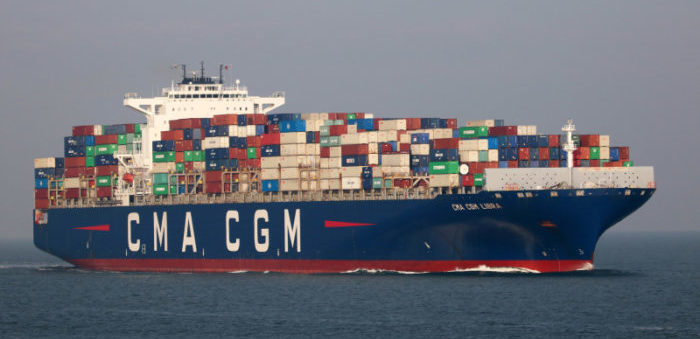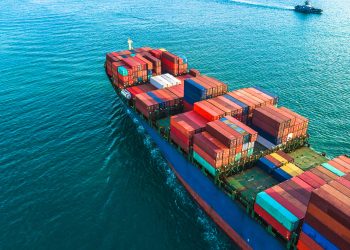As the North P&I Club informs, the UK Admiralty Court has recently rejected a shipowner’s claim for general average. It specifically concluded that the ship was unseaworthy because of an error in the passage plan.
Namely, while leaving the Chinese port of Xiamen, the container vessel CMA CGM Libra grounded on rocks after departing from the marked fairway. General average (GA) was declared, but some of the cargo interests declined to contribute voluntarily. They specifically argued that errors within the vessel’s passage plan had rendered the ship unseaworthy.
[smlsubform prepend=”GET THE SAFETY4SEA IN YOUR INBOX!” showname=false emailtxt=”” emailholder=”Enter your email address” showsubmit=true submittxt=”Submit” jsthanks=false thankyou=”Thank you for subscribing to our mailing list”]
Cargo interests criticised the passage plans, but the critical error was a failure to record ‘all areas of danger’ as per IMO Guidelines for Passage Planning. Specifically, the passage plan did not reflect a recent Notice to Mariners advising of depths on the approaches to Xiamen which were less than charted.
The judge concluded that a prudent owner, being aware of the defective passage plan, would have not allowed the vessel to leave Xiamen. The judge also decided that, as the unseaworthiness constituted crew negligence before the start of the voyage, this meant due diligence was not carried out by agents of the carrier. The judge also rejected legal arguments that passage planning was not an aspect of seaworthiness.
Commenting on the decision, North Club said that unseaworthiness has traditionally been understood as deriving from a physical or systemic defect with the ship, its equipment or systems. In fact, there must be an attribute of the vessel itself which endangers the cargo instead of an error in how the ship is operated.
A ship might be unseaworthy if it is proved that damage resulted from the incompetence of her crew, but a one-off error in a navigational aspect of a voyage does not usually render a ship mean that a ship will be found to have been unseaworthy. The decision clearly sets out, however, that for a vessel to be seaworthy, a properly prepared passage plan is required at the commencement of the voyage
The Club said.
It also added that this case has showcased how important a proper berth-to-berth passage planning is, saying that it ‘is much more than just putting courses on a chart or ECDIS.’
In addition, crews should always consider A.P.E.M from the IMO guidance on voyage planning:
Appraisal
Gather all relevant information for the passage. Check that charts are updated and all temporary and preliminary notices are read and noted. Navigation warnings are vital and important ones should also be noted in the plan, and removed when no longer applicable.
Items that are forgotten in this section include stability considerations and making sure that the crew are well-rested and competent for the passage to be undertaken.
Planning
After acquiring all relevant information from the appraisal, a full and comprehensive plan must be established.
The plan must be clear and understood by all, thus the crew must mark on the charts all the vital information considered in the appraisal. Such items must include all no-go zones, emergency anchorages, points of no-return and safe speeds. For a ship operating with ECDIS only, safety limits must be set up correctly.
Execution
When the whole bridge team have read and agreed the plan and the Master has approved it, it is time to execute the plan.
Changes to the plan should be made after a risk assessment and the changes agreed and logged. Any additional mitigation measures needed must be recorded, such as extra lookouts or lower than planned speed for restricted visibility.
Monitoring
The ships’s passage must be closely monitored during the whole the voyage. This is even more important when under pilotage as the risks are often greater because of the proximity of navigational hazards. Close monitoring of the course using a variety of methods will show when the vessel is nearing alterations, no-go zones or other navigational hazards.
The CMA CGM Libra judgment emphasises the importance of proper passage planning. Get it right by following the IMO guidelines and the A.P.E.M method
North Club concludes.































































